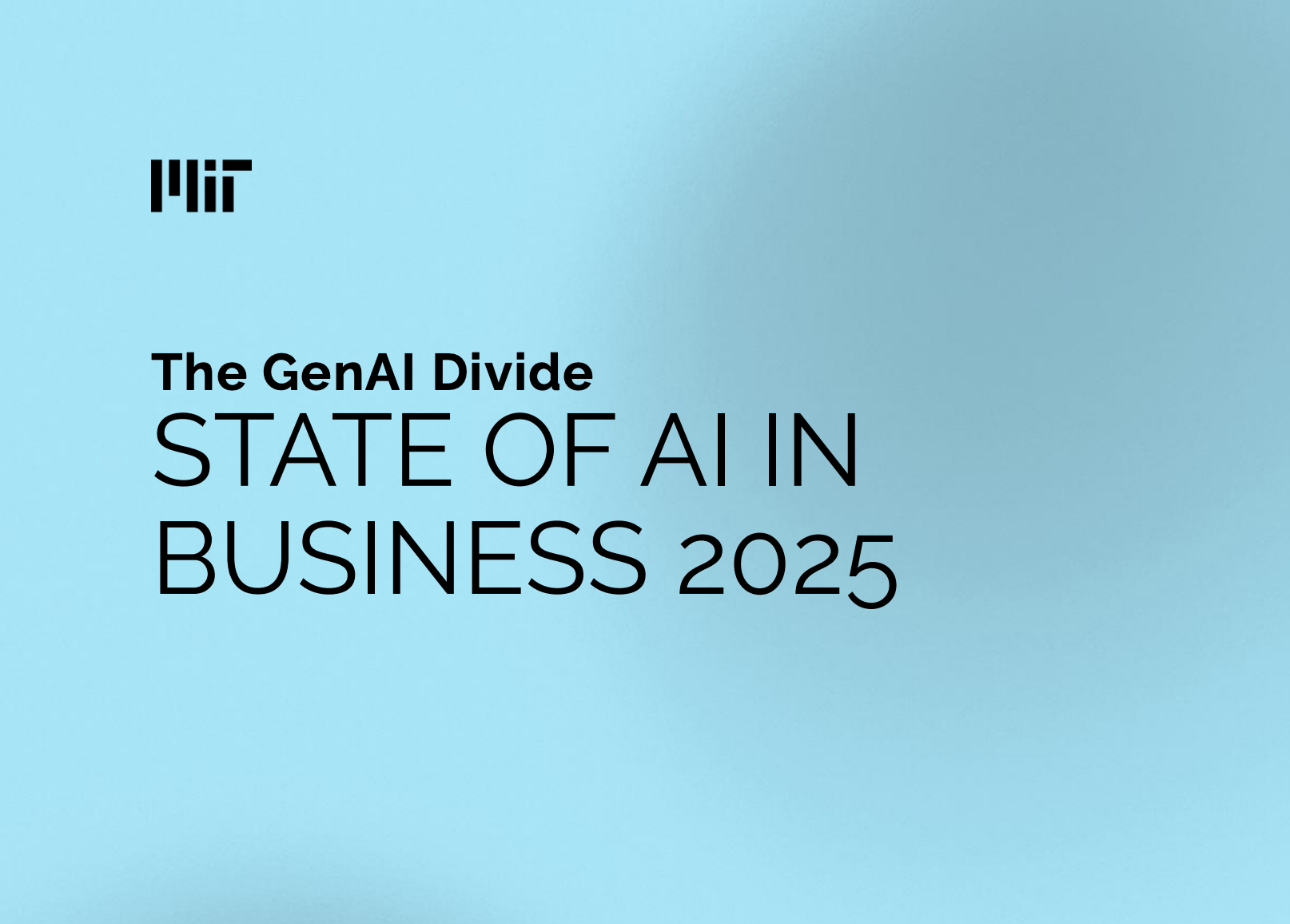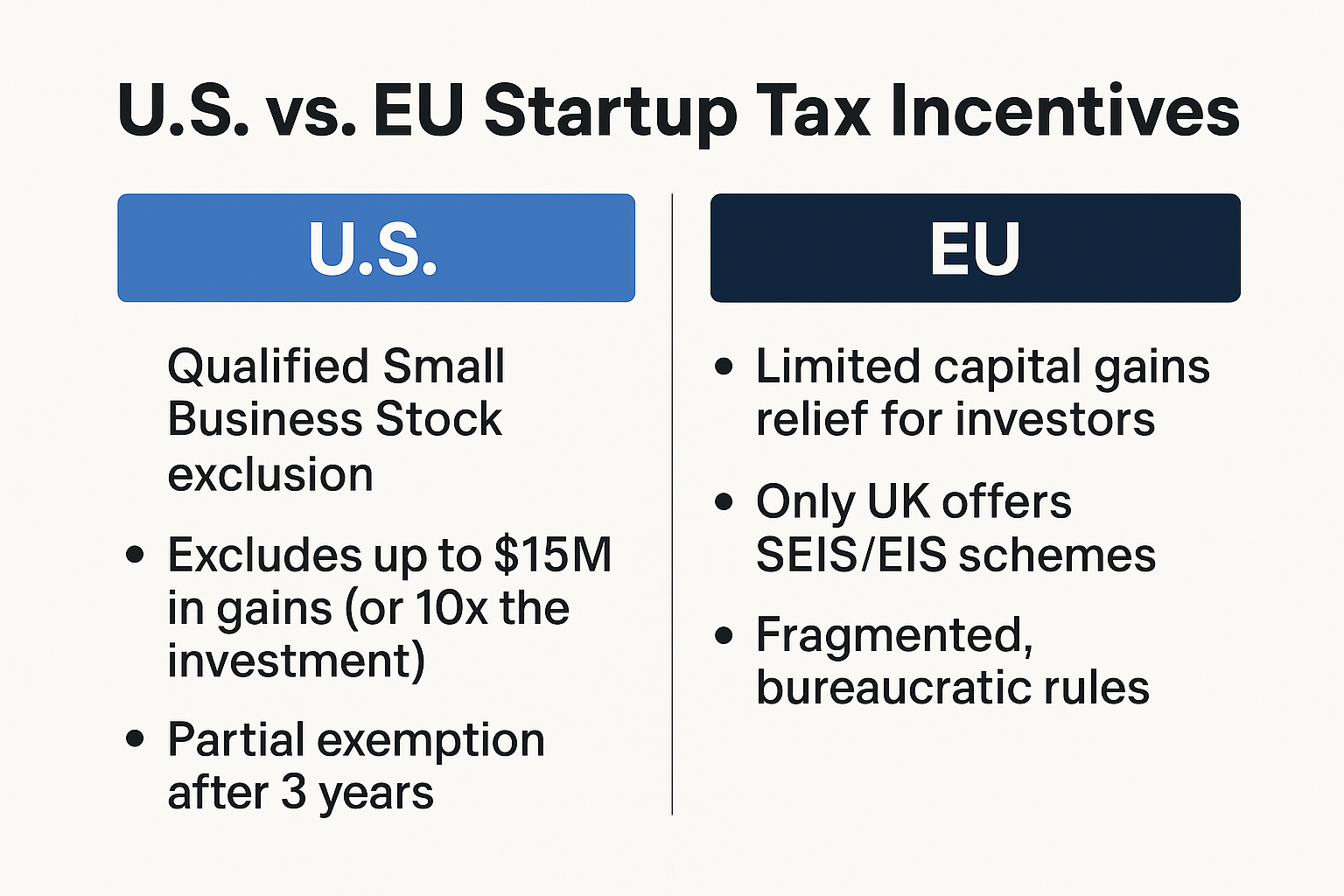Here’s a concise executive brief drawn directly from MIT Project NANDA’s State of AI in Business 2025.
Summary
Despite $30–40B in enterprise GenAI spend, ~95% of organizations report no measurable P&L return. Adoption of general tools (ChatGPT/Copilot) is high and improving individual productivity, but custom or vendor GenAI rarely survives past pilots (~5% reach production) due to brittle workflow fit and the absence of learning/memory. Disruption is concentrated in Technology and Media & Telecom; most other sectors remain experimental. Mid-market firms scale faster than large enterprises; budgets skew to Sales/Marketing even though back-office automations often deliver clearer ROI (e.g., reduced BPO/agency spend). A thriving “shadow AI” shows employees get value from personal tools while official programs stall. The path forward: systems that learn, remember, and integrate—and buyers who treat vendors like BPO partners accountable to business outcomes.
10 key findings
- 95% zero return: Most organizations see no P&L impact from GenAI initiatives.
- Only ~5% production: Custom enterprise AI tools seldom cross pilot→scale.
- Adoption ≠ transformation: 80%+ explored and ~40% deployed general tools, but gains are mostly individual productivity.
- Industry split: Clear structural change in 2/9 sectors (Tech; Media & Telecom); seven others show little disruption.
- Learning gap: Core blocker is no persistent memory/feedback—tools don’t adapt to context or improve over time.
- Shadow AI > official AI: ~40% of firms buy LLM seats, but workers in ~90% of firms use personal AI for work.
- Pilot-to-production chasm: Enterprises run more pilots but scale slower; mid-market goes pilot→prod in ~90 days vs 9+ months.
- Budget bias: ~50–70% of AI budget leans to Sales/Marketing; back-office often yields faster, clearer savings.
- ROI hotspots: Savings come from BPO/agency spend reduction (e.g., support, document ops) rather than headcount cuts.
- Agentic future: Memory- and feedback-driven agentic systems (NANDA/MCP/A2A) are emerging; the window to lock in vendors is narrowing.
10 to-dos for enterprises
- Design for learning: Add memory + feedback loops (capture edits, outcomes, ratings) so apps improve with use; measure “learned-from-feedback” events.
- Target back-office first: Go where ROI is provable—replace BPO/agency tasks (claims, contract ops, reconciliations, document processing) before front-office experiments.
- Ship in ≤90 days: Emulate mid-market cadence—scope a thin workflow, define one KPI, and time-box pilots with stage-gate exit criteria.
- Buy like BPO, not SaaS: Demand workflow-specific customization, data boundaries, and KPIs (cycle time, error rate, $ saved), not model benchmarks.
- Rebalance budgets: Shift part of Sales/Marketing spend to Operations/Finance automations with auditable paybacks.
- Channel shadow AI safely: Offer sanctioned tools (guardrails, logging, governed data access) that are as usable as consumer chat to capture value and reduce risk.
- Integrate with systems of record: Ensure actions write back to CRM/ERP/ITSM; avoid “text-only” outputs that don’t change the system.
- Start with reliable archetypes: Retrieval, classification, extraction, summarization, routing—then progress to agentic workflows once control loops exist.
- Adopt a production SLO for AI: Track resolution time, error/override rates, memory use, and feedback-driven improvements per release before scaling.
- Structure for success: Favor strategic partnerships (2× success vs internal-only builds), with decentralized implementation and clear accountability to line owners.
The MIT NANDA report:
https://mlq.ai/media/quarterly_decks/v0.1_State_of_AI_in_Business_2025_Report.pdf
My LinkedIn post:
https://www.linkedin.com/pulse/summary-dos-enterprises-ralf-haller-wedec/?trackingId=JY4LbWe3Tf2pa95es3sHYA%3D%3D





















.jpg)






















































